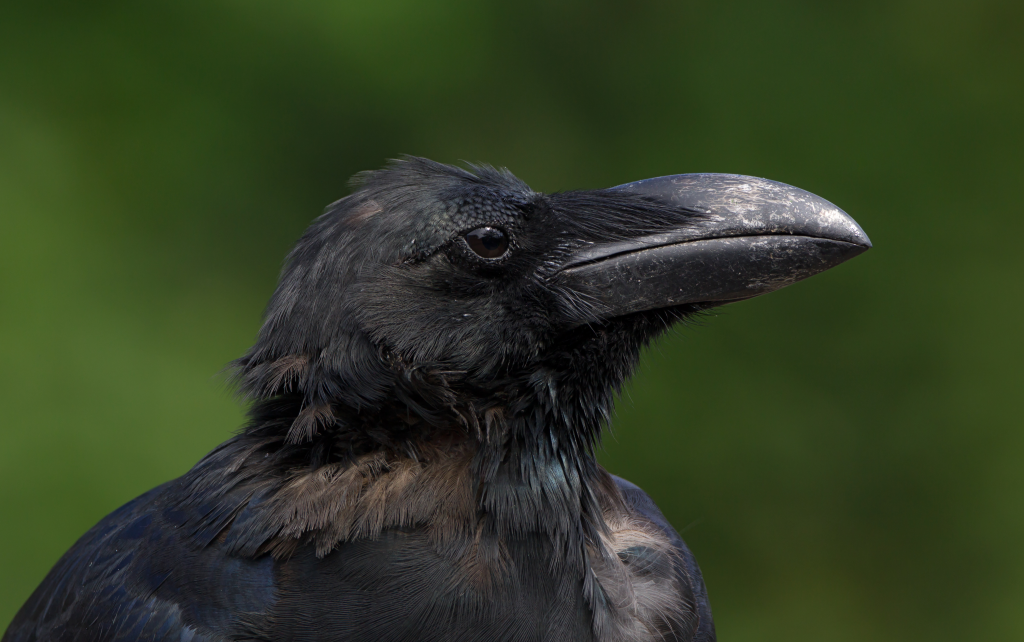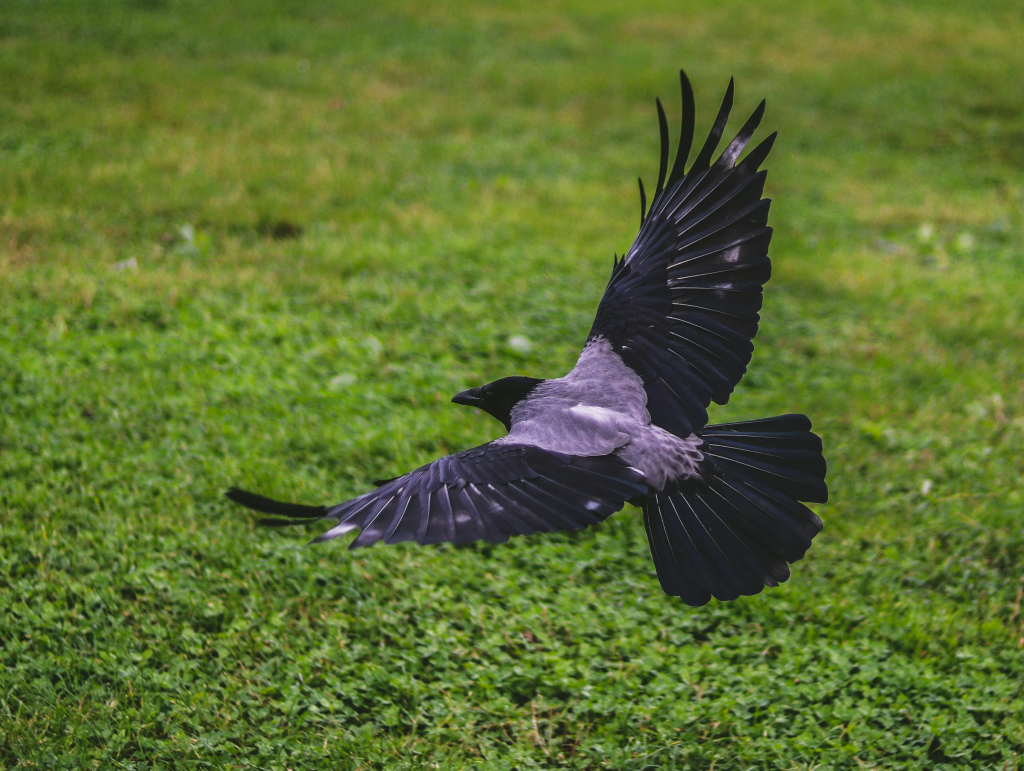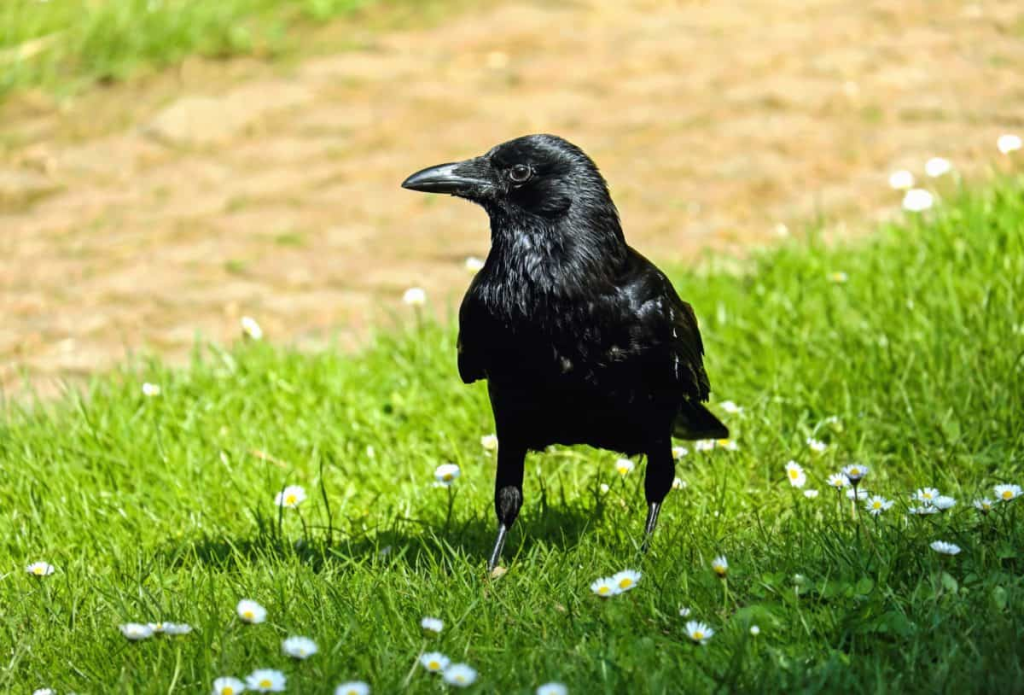Crows are among the most familiar birds in the world, yet they remain one of the most extraordinary. Seen often in fields, cities, and forests, they are easy to dismiss as ordinary black birds. But beneath that plain exterior lies intelligence, memory, and social complexity that rival even primates.

Masters of Memory
Crows are not just good at recognizing people—they are astonishingly precise. Experiments have shown that they can remember a human face for years. If that person once threatened or harmed them, the crow will recall it and react with alarm. Even more remarkable, crows communicate these warnings to one another. A crow that has never encountered the person may still treat them with suspicion, having learned the danger secondhand. This knowledge can persist across generations, passed down like family stories.
Advertisements
Intelligence That Rivals Children

When it comes to problem-solving, crows stand at the top tier of the animal kingdom. They use tools, bending sticks or wires to pull food from containers. Some drop nuts onto busy roads so cars will crack the shells, then wait for traffic to stop before retrieving the reward. Their ability to plan and adapt has led scientists to compare their reasoning skills to those of a seven-year-old child. Unlike many animals, they do not rely solely on instinct; they experiment, learn, and innovate.
Communication and Culture
Crows have a wide vocabulary of calls and gestures, from short alarm notes to longer, complex sounds that seem to carry specific meanings. They also mimic noises, including human speech. But perhaps most intriguing is their ability to pass on learned behaviors. If one crow discovers a clever way to access food, others may imitate and adopt the method. These learned behaviors spread through crow groups, forming what scientists call cultural transmission—something once thought to be unique to humans.
Advertisements

Social Bonds and Mourning
Life for a crow is not solitary. They often gather in flocks that can number in the hundreds. Within these groups, they maintain strong family ties, with older siblings helping parents care for younger ones. They also display behaviors that resemble mourning. When a crow dies, others gather quietly around the body. Some scientists believe this ritual helps them learn about threats in the area, while others suggest it is an expression of social connection. Either way, it shows a depth of behavior uncommon in birds.
A History With Humans
For centuries, crows have appeared in myths and stories. Their black feathers and piercing calls made them figures of mystery—sometimes omens of misfortune, sometimes messengers between worlds. In Norse mythology, Odin kept two crows, Huginn and Muninn, who flew across the earth bringing back knowledge. In many Asian traditions, crows were seen as symbols of family devotion and protection. Even today, they continue to spark fascination wherever they appear.
Advertisements
Guardians of the Ecosystem
Beyond folklore and intelligence, crows play an important role in nature. They act as scavengers, clearing carrion and waste that might otherwise spread disease. They disperse seeds and help control insect populations. Their presence ensures balance in ecosystems, even if people sometimes see them as pests.

Conclusion
Crows are more than just birds on telephone wires or scavengers in fields. They are thinkers, problem-solvers, teachers, and family members. They remember faces, share knowledge, and even appear to grieve their dead. They remind us that intelligence in nature wears many forms, and that some of the most remarkable minds may be hidden in plain black feathers.